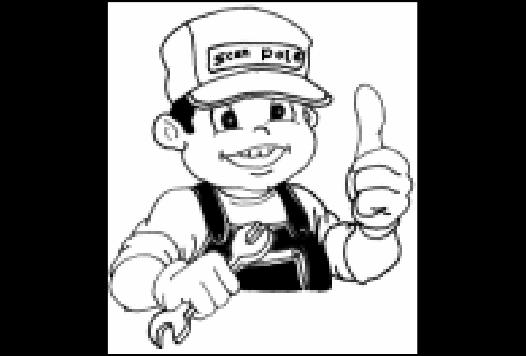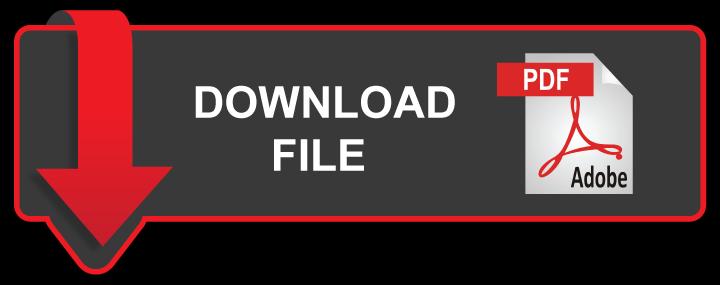

FOREWORD
This maintenance manual is designed to serve as a reference for DOOSAN Infracore (here after DOOSAN’s) customers and distributors who wish to gain basic product knowledge on DOOSAN 's DL08 Diesel engine.
This economical and high-performance diesel engine (6 cylinders, 4 strokes, in-line, direct injection type) has been so designed and manufactured to be used for the overland transport or industrial purpose. That meets all the requirements such as low noise, fuel economy, high engine speed, and durability.
To maintain the engine in optimum condition and retain maximum performance for a long time, CORRECT OPERATION and PROPER MAINTENANCE are essential.
In this manual, the following symbols are used to indicate the type of service operations to be performed.















Removal
Adjustment
Installation Cleaning
Disassembly Pay close attention-Important
Reassembly Tighten to specified torque
Align the marks
Use special tools of manufacturer's
Directional indication Lubricate with oil
Inspection Lubricate with grease
Measurement
During engine maintenance, please observe following instructions to prevent environmental damage;
⚫ Take old oil to an old oil disposal point only.
⚫ Ensure without fail that oil and diesel fuel will not get into the sea or rivers and canals or the ground.
⚫ Treat undiluted anti-corrosion agents, antifreeze agents, filter element and cartridges as special waste.
⚫ The regulations of the relevant local authorities are to be observed for the disposal of spent coolants and special waste.
If you have any question or recommendation in connection with this manual, please do not hesitate to contact our head office, dealers or authorized service shops near by your location for any services.
For the last, the content of this maintenance instruction may be changed without notice for some quality improvement. Thank you.
1. Safety Regulations & Specifications
1.1. Safety Regulations
1.1.1.
General notes
⚫ Day-to-day use of power engines and the service products necessary for running them presents no problems if the persons occupied with their operation, maintenance and care are given suitable training and think as they work.
⚫ This summary is a compilation of the most important regulations, These are broken down into main sections which contain the information necessary for preventing injury to persons, damage to property and pollution. In addition to these regulations those dictated by the type of engine and its site are to be observed also.
IMPORTANT:
If despite all precautions, an accident occurs, in particular through contact with caustic acids, fuel penetrating the skin, scalding from oil, antifreeze being splashed in the eyes etc, consult a doctor immediately.
1.1.2. To prevent accidents with injury to persons

(1) Engine starting and operation
⚫ Before putting the engine into operation for the first time, read the operating instructions carefully and familiarize yourself with the “critical” points. If you are unsure, ask your DOOSAN representative or service man.
⚫ For reason of safety we recommend you attach a notice to the door of the engine room prohibiting the access of unauthorized persons and that you draw the attention of the operating personal to the fact that they are responsible for the safety of person who enter the engine room.
⚫ The engine must be started and operated only by authorized personnel.
⚫ Ensure that the engine cannot be started by unauthorized person.
⚫ When the engine is running, do not get too close to the rotating parts.
⚫ Do not touch the engine with bare hands when it is warm from operation risk of bums.
⚫ Exhaust gases are toxic. If it is necessary to run an engine in an enclosed area, remove the exhaust gases from the area with an exhaust pipe extension.
(2) Maintenance and care


⚫ Always carry out maintenance work when the engine is switched off. If the engine has to be maintained while it is running, e.g. changing the elements of change-over filters, remember that there is a risk of scalding. Do not get too close to rotating parts.
⚫ Change the oil when the engine is warm from operation.
CAUTION:
There is a rise of burns and scalding. Do not touch oil drain plug or oil filters with bare hands.
⚫ Take into account the amount of oil in the sump. Use a vessel of sufficient size to ensure that the oil will not overflow.
⚫ If change or refill the cooling water, disassemble the drain plug when the engine has cooled down. Heated cooling water has the risk of scalding and safety accidents.
⚫ Neither tighten up nor open pipes and hoses (lube oil circuit, coolant circuit and any additional hydraulic oil circuit) during the operation. The fluids which flow out can cause injury.
⚫ Fuel is inflammable. Do not smoke or use naked lights in its vicinity. The tank must be filled only when the engine is switched off.
⚫ Keep service products (anti-freeze) only in containers which can not be confused with drinks containers.
⚫ Comply with the manufacturer's instructions when handling batteries.
CAUTION:
Accumulator acid is toxic and caustic. Battery gases are explosive. Therefore it should be done by an expert of the handling professionally.
(3) When carrying out checking, setting and repair work
⚫ Checking, setting and repair work must be carried out by authorized personnel only.
⚫ Use only tools which are in satisfactory condition. Slip caused by the worn open-end wrench could lead to injury.
⚫ When the engine is hanging on a crane, no-one must be allowed to stand or pass under it. Keep lifting gear in good condition.
⚫ When do electric weld, stop the engine, power off, then remove the wire harness’ connector which is connected to the ECU.
⚫ Do not weld the electric control unit (ECU) absolutely, and do not damage on it by electrical or mechanical shock.
⚫ When working on the electrical system disconnect the battery earth cable first. Connect it up again last in prevent short circuits.
1.1.3. To prevent damage to engine and premature wear
(1) Never demand more of the engine than it was designed to yield for its intended purpose.
Detailed information on this can be found in the sales literature Engine control unit must not be adjusted without prior written permission of DOOSAN.
(2) If faults occur, find the cause immediately and have it eliminated in order to prevent more serious of damage.
(3) Use only genuine DOOSAN spare parts. DOOSAN will accept no responsibility for damage resulting from the installation of other parts which are supposedly "just as good”.
(4)In addition to the above, note the following points.
⚫ Never let the engine run when dry, i.e. without lube oil or coolant.
⚫ Pay attention to cleanliness. The Diesel fuel must be free of water.
⚫ Use only DOOSAN approved service products (engine oil, anti-freeze and anticorrosion agent)
⚫ Refer to the subjects of recommendation of the fuel.
⚫ Have the engine maintained at the specified intervals.
⚫ Do not switch off the engine immediately when it is warm, but let it run without load for about 5 minutes so that temperature equalization can take place.
⚫ Never put cold coolant into an overheated engine.
⚫ Do not add so much engine oil that the oil level rises above the max. marking on the dipstick. Do not exceed the maximum permissible tilt of the engine.
⚫ Always ensure that the testing and monitoring equipment (for battery charge, oil pressure, coolant temperature) function satisfactorily.
⚫ Do not let the raw water pump run dry, If there is a risk of frost, drain the pump when the engine is switched off.
1.1.4. To prevent pollution
(1) Engine oil, filter elements, fuel filters
⚫ Take old oil only to an oil collection point.
⚫ Take strict precautions to ensure that oil does not get into the drains or into the ground. The drinking water supply could be contaminated.
⚫ Filter elements are classed as dangerous waste and must be treated as such.
(2) Coolant
⚫ Treat undiluted anti-corrosion agent and / or antifreeze as dangerous waste.
⚫ When disposing of spent coolant comply with the regulations of the relevant local authorities.
1.1.5. Notes on safety in handling used engine oil
Prolonged or repeated contact between the skin and any kind of engine oil decreases the skin.
Drying, irritation or inflammation of the skin may therefore occur. Used engine oil also contains dangerous substances which have caused skin cancer in animal experiments. If the basic rules of hygiene and health and safety at work are observed, health risks are not to the expected as a result of handling used engine oil .

< Health precautions >
⚫ Avoid prolonged or repeated skin contact with used engine oil.
⚫ Protect your skin by means of suitable agents (creams etc.) or wear protective gloves.
⚫ Clean skin which has been in contact with engine oil.
- Wash thoroughly with soap and water.
- Do not use petrol, Diesel fuel, gas oil, thinners or solvents as washing agents.
⚫ After washing apply a fatty skin cream to the skin.
⚫ Change oil-soaked clothing and shoes.
⚫ Do not put oily rags into your pockets.
CAUTION:
Ensure that used engine oil is disposed of properly.
- Engine oil can endanger the water supply.
For this reason do not let engine oil get into the ground, waterways, the drains or the sewers. Violations are punishable. Collect and dispose of used engine oil carefully. For information on collection points please contact the seller, the supplier or the local authorities.
1.1.6. General repair instructions
1. Before performing service operation, disconnect the grounding cable from the battery for reducing the chance of cable damage and burning due to shortcircuiting.


2. Use covers for preventing the components from damage or pollution.
3. Engine oil and anti-freeze solution must be handled with reasonable care as they cause paint damage.
4. The use of proper tools and special tools where specified is important to efficient and reliable service operation.
5. Use genuine DOOSAN parts necessarily.
6. Used cotter pins, gaskets, O-rings, oil seals, lock washer and self-lock nuts should be discarded and new ones should be prepared for installation as normal function of the parts can not be maintained if these parts are reused.
7. To facilitate proper and smooth reassemble operation, keep disassembled parts neatly in groups. Keeping fixing bolts and nut separate is very important as they vary in hardness and design depending on position of installation.
8. Clean the parts before inspection or reassembly. Also clean oil ports, etc. using compressed air to make certain they are free from restrictions.
9. Lubricate rotating and sliding faces of parts with oil or grease before installation.
10. When necessary, use a sealer on gaskets to prevent leakage.
11. Carefully observe all specifications for bolts and nuts torques.
12. When service operation is completed, make a final check to be sure service has been done property.
13. Work the fuel line after the common rail pressure and engine temperature is checked with the SCAN-200. (past about 5 minutes after engine stop)
1.2. Engine Specifications
Items
Engine
Combustion
Cylinder
Water-cooled,
Items Engine model DL08

1.3. Engine Power
* Note : All data are based on operation without cooling fan at ISO 1585(SAE J1349)
1.4. Engine Performance Curve
1.4.1. Performance curve (250PS)
1.4.2. Performance curve (270PS)
(SAE J1349)
1.4.3. Performance curve (300PS)
1.4.4. . Performance curve (320PS)
1.5.

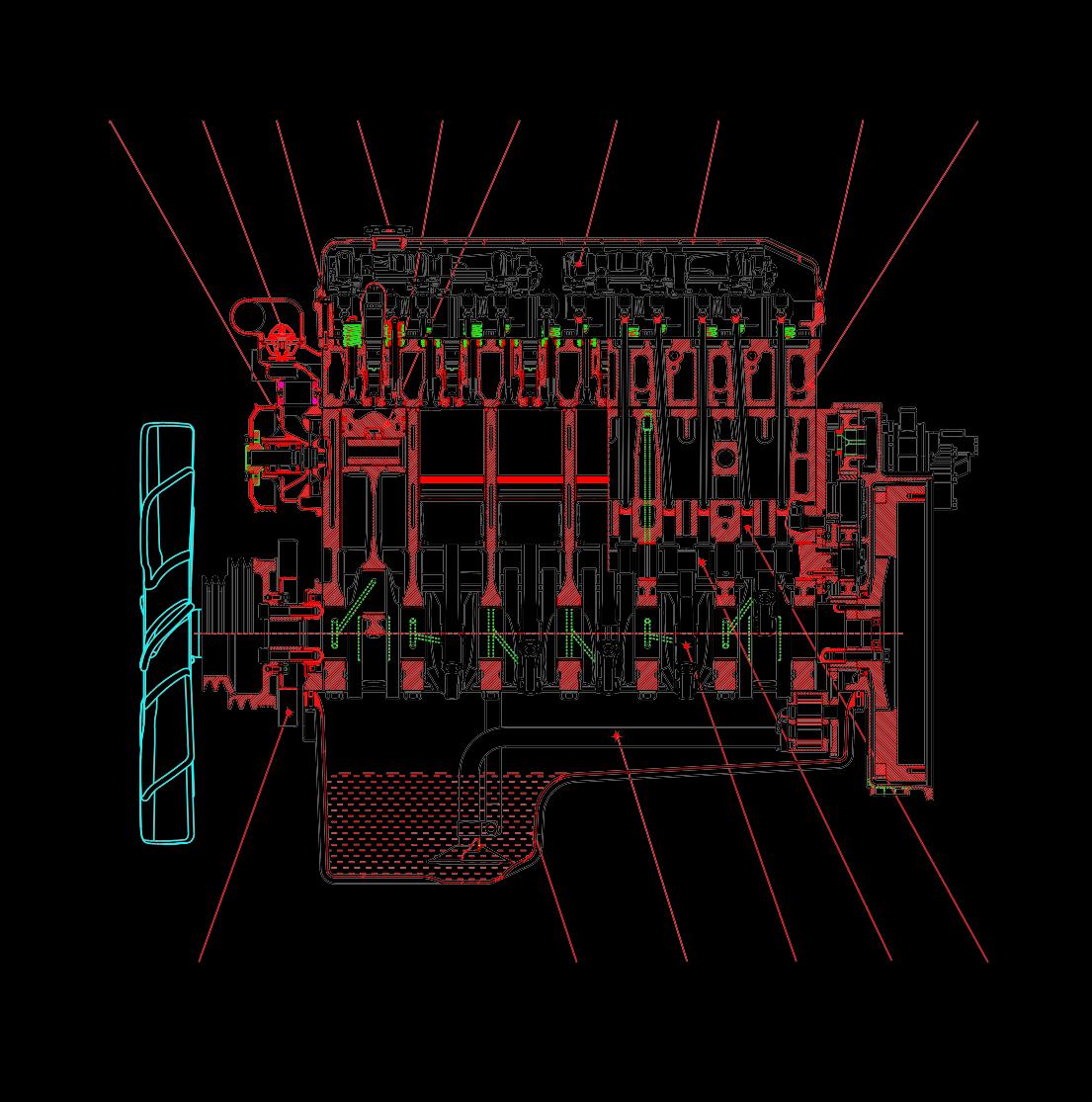
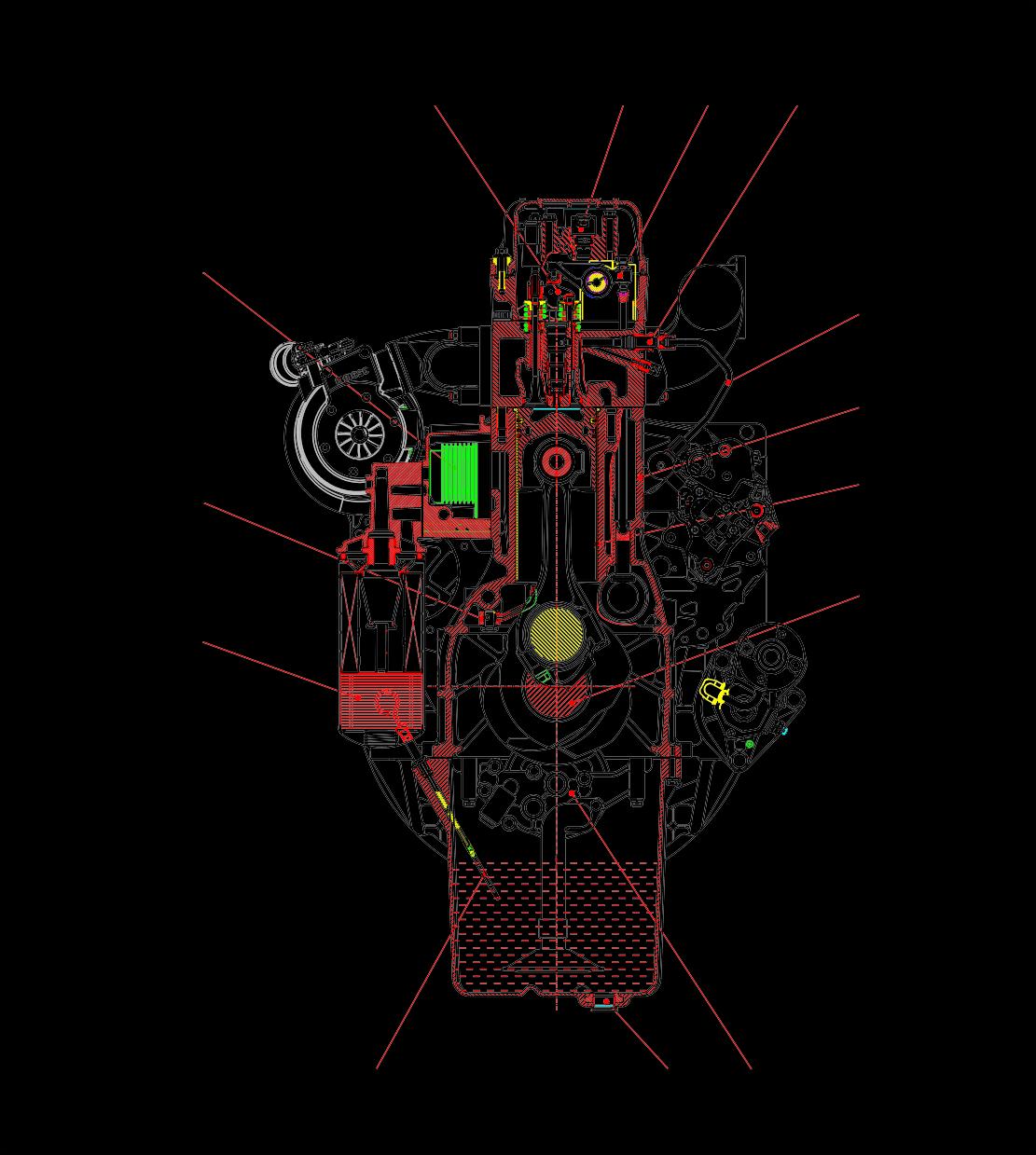

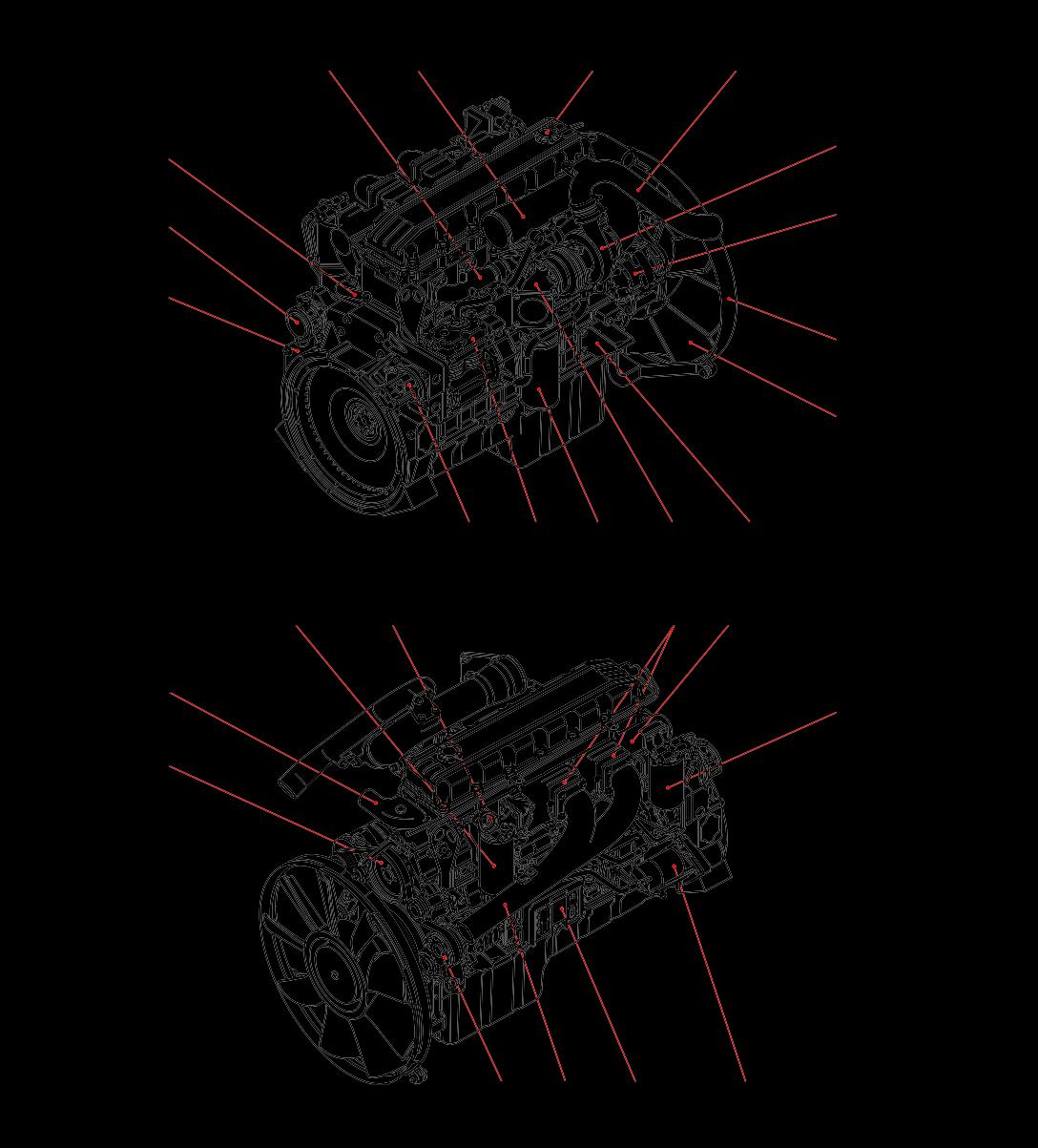

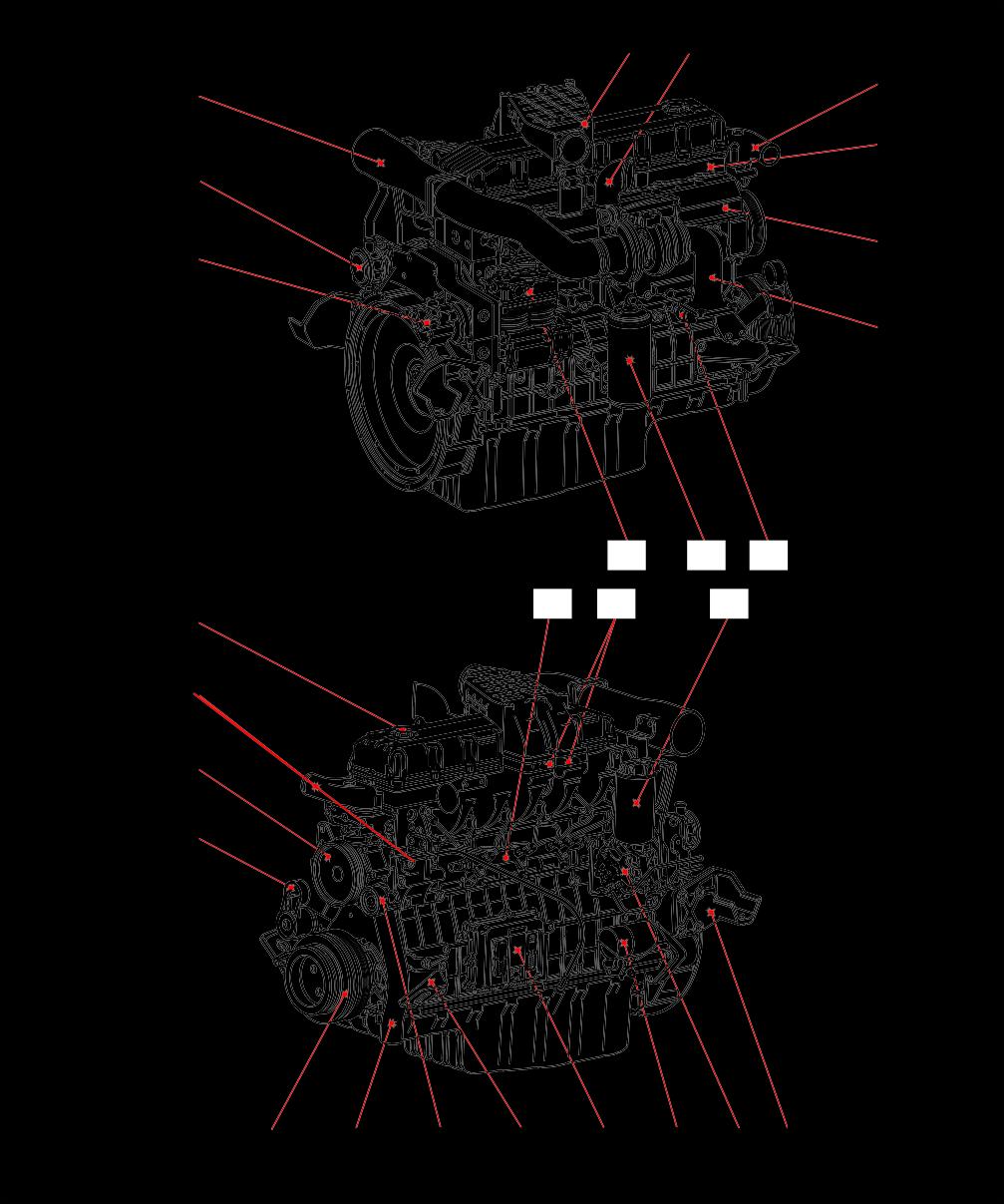

2. Technical Information
2.1. Engine Model and Serial Number
⚫ The engine model and serial number is located on the engine as illustrated
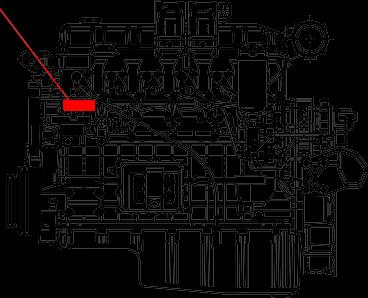
⚫ These numbers are required when requesting warranty and ordering parts They are also referred to as engine model and serial number because of their location.
⚫ Engine serial No. (example 1 : DL08 Bus)
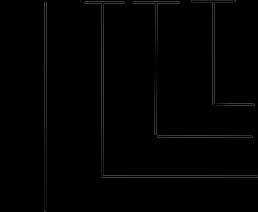
DL08 5 00001BA
Enginemodelsuffix(EUPBA) Serial no.
Production year(2005)
Enginemodel
⚫ Engine serial No. (example 2 : DL08 Truck)
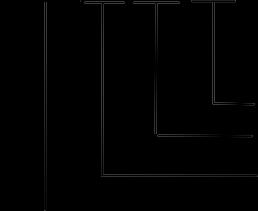
DL08 5 00001CA
Enginemodelsuffix(EUPCA) Serial no.
Production year(2005)
Enginemodel
2.2. Diagnostic tool (SCAN-200)
The SCAN-200 is a powerful tool to support the service personal diagnosing and repairing of electric system for vehicle with installed DL08 engine.
